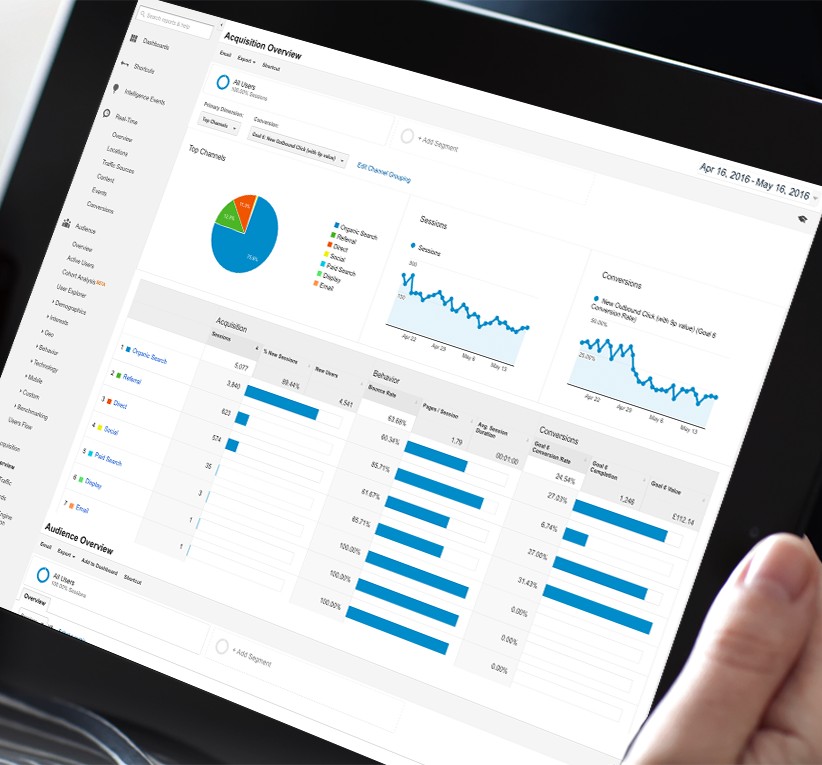
Adwords can get very expensive very quickly, particularly in competitive markets. Even in less competitive markets costs can be pushed up by the likes of eBay and Amazon broad matching words that appear in your key phrases. Escalating costs can put people off using PPC, but a better understanding of the mechanism that determines your cost per click – CPC – can help bring costs back under control.
Before we talk about the factors that effect your CPC directly, it’s worth thinking about Google’s goals. Google are very vocal about wanting to deliver the best results to users, but they also want to make money and every factor that goes in to determining your price is a balance of these two objectives. So here are a few points to think about next time you start to worry about your PPC costs.
1) ROI Is Everything
Before you decide that Adwords is too expensive, work out what you can afford to spend. Say you are selling green widgets, each one you sell makes you £10 on your bottom line. If Adwords traffic converts at 5%, that means you can afford to spend a maximum of £0.50 per click. At that cost you’d be breaking even and we can do better than that, but £0.50 is a line to try and shoot under. You’ll need to have either Analytics or the Adwords conversion tracking script installed – preferably both – to get a handle on your ROI, if you don’t have these then get them now, you’re fighting blind without them.
Once you have ROI data, mine it for all you’re worth. Look for keywords that convert well and spend more on them, look for keywords that deliver hits but not sales and ask why. Could you do something to your landing page to get the sale or is the keyword just not relevant.
2) Clickthrough Rates Matter
Google aim to show the most relevant results; now imagine two ads for the same search term, one gets a CTR of 1%, the other 10%. Without seeing either ad, which do you think is most relevant?
“Ah, but my competition is bidding higher than me!”
OK, that may be true, but even if we ignore Google’s desire to display the best results, it still makes sense for them to show ads with a better CTR even if the CPC is lower. Think about our two hypothetical ads;
Ad A – CTR 1% max CPC £1.00
Ad B – CTR 5% maxCPC £0.50
If each add is shown 10,000 times, ad A will produce 100 clicks and net Google £100, Ad B will produce 500 clicks and net Google £250, in Google’s shoes which would you put at the top?
Clickthrough rates are all about your ad copy, good ad copy is hard to write, particularly in the tiny space you get to play with but there are couple of tricks that help:
- Make your ads specific – a large number of highly targeted ads work better than a couple of broad ones.
- Include information that people will want to know about your product, if you offer free shipping put it in the ad. If your price is great put that in too.
- Include a call to action – “Buy Green Widgets, only £4.99 with Free Shipping” vs “Widgets, see our range of widgets on our website”

